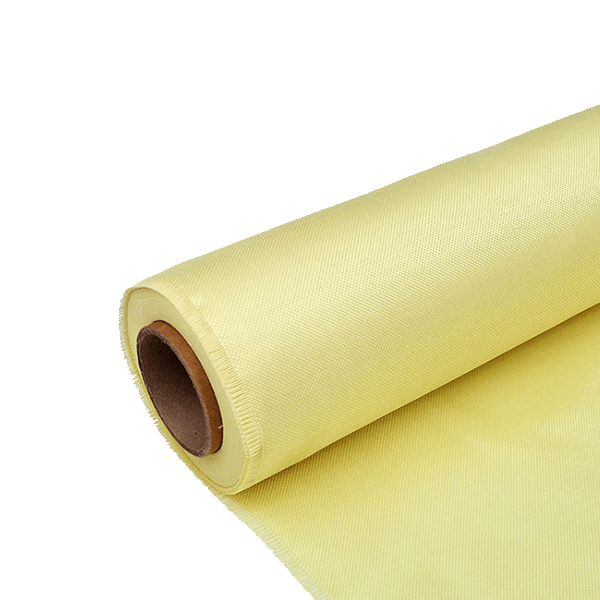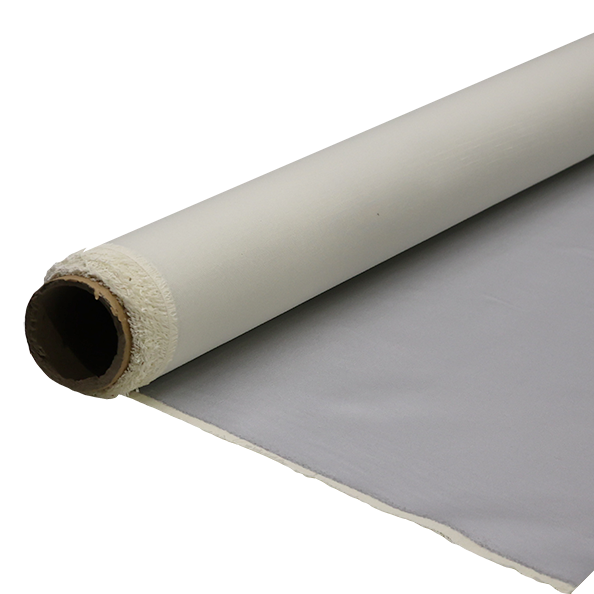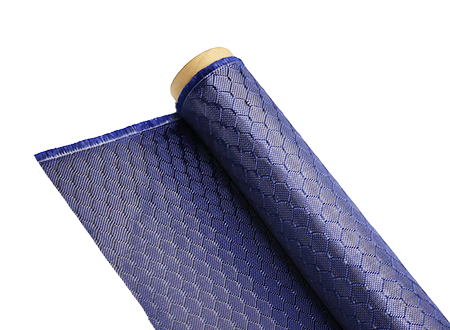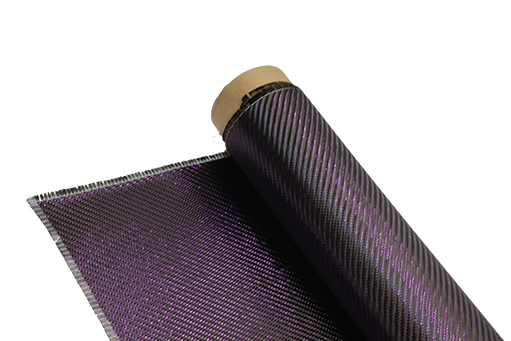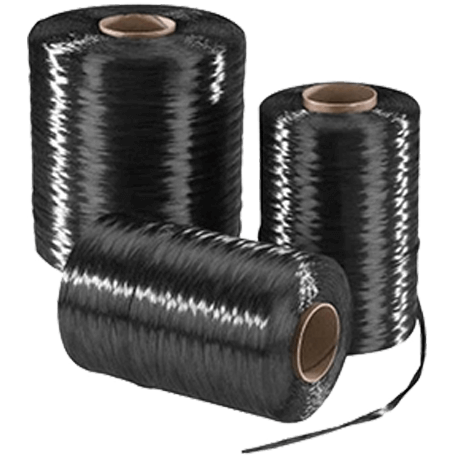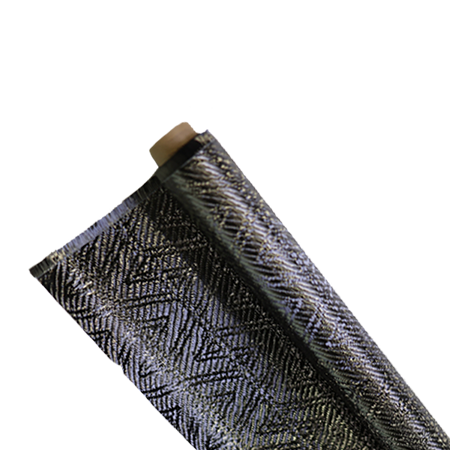Unleashing Strength: The Transformative Power of Fiberglass Fabric
-
Table of Contents
“Empowering Tomorrow: Sustainable Glass Fiber Fabric Manufacturing for a Greener Future.”
Introduction
Sustainable glass fiber fabric manufacturing is an innovative approach aimed at minimizing environmental impact while maintaining high-quality production standards. This process focuses on reducing energy consumption through the implementation of advanced technologies, efficient production methods, and the use of renewable energy sources. By optimizing manufacturing techniques and utilizing eco-friendly materials, the industry seeks to lower carbon emissions and resource depletion. As demand for lightweight, durable materials grows across various sectors, including automotive, aerospace, and construction, sustainable practices in glass fiber fabric production are becoming increasingly essential. This shift not only supports environmental sustainability but also enhances the overall efficiency and competitiveness of manufacturers in a rapidly evolving market.
Innovations in Fiberglass Fabric Production: Techniques for Energy Efficiency
The production of Fiberglass Fabric has long been associated with significant energy consumption, primarily due to the high temperatures required for melting glass and the extensive processes involved in weaving and finishing the fabric. However, recent innovations in Fiberglass Fabric manufacturing are paving the way for more energy-efficient techniques that not only reduce energy consumption but also enhance the sustainability of the entire production process. As industries increasingly prioritize environmental responsibility, these advancements are becoming crucial in meeting both regulatory standards and consumer expectations.
One of the most promising innovations in fiberglass production is the development of advanced melting technologies. Traditional glass melting processes typically require temperatures exceeding 1,400 degrees Celsius, which necessitates substantial energy input. In contrast, newer methods, such as the use of electric melting furnaces, have emerged as viable alternatives. These furnaces can operate at lower temperatures and utilize renewable energy sources, thereby significantly reducing the carbon footprint associated with glass production. Furthermore, the integration of waste heat recovery systems in these furnaces allows manufacturers to capture and reuse heat generated during the melting process, further enhancing energy efficiency.
In addition to advancements in melting technologies, the implementation of automated production systems has transformed the way Fiberglass Fabric is manufactured. Automation not only streamlines the production process but also minimizes energy waste by optimizing machine operation. For instance, automated weaving machines can adjust their speed and energy consumption based on real-time demand, ensuring that energy is used only when necessary. This adaptability not only conserves energy but also improves overall production efficiency, allowing manufacturers to produce high-quality Fiberglass Fabric with reduced environmental impact.
Moreover, the introduction of innovative materials and formulations has played a significant role in enhancing energy efficiency in Fiberglass Fabric production. Manufacturers are increasingly exploring the use of recycled glass fibers, which require less energy to process compared to virgin materials. By incorporating recycled content into their products, companies can significantly lower their energy consumption while also contributing to a circular economy. Additionally, advancements in resin technology have led to the development of low-energy curing processes. These resins can cure at lower temperatures, further reducing the energy required during the finishing stages of Fiberglass Fabric production.
Another noteworthy innovation is the adoption of digital technologies in the manufacturing process. The use of data analytics and machine learning allows manufacturers to monitor energy consumption in real-time, identifying inefficiencies and areas for improvement. By leveraging this data, companies can implement targeted strategies to reduce energy use, such as optimizing production schedules and minimizing downtime. Furthermore, digital technologies facilitate better resource management, ensuring that materials are used efficiently and waste is minimized throughout the production cycle.
As the demand for sustainable products continues to rise, the fiberglass industry is poised to benefit from these energy-efficient innovations. By embracing advanced melting technologies, automation, recycled materials, and digital solutions, manufacturers can significantly reduce their energy consumption while maintaining high standards of quality and performance. This shift not only aligns with global sustainability goals but also positions companies as leaders in an increasingly competitive market. Ultimately, the ongoing commitment to energy efficiency in Fiberglass Fabric production will play a pivotal role in shaping a more sustainable future for the industry, demonstrating that environmental responsibility and economic viability can go hand in hand.
The Role of Renewable Energy in Sustainable Fiberglass Fabric Manufacturing

The manufacturing of Fiberglass Fabric has long been associated with significant energy consumption and environmental impact. However, the integration of renewable energy sources into the production process is transforming this landscape, paving the way for more sustainable practices. By harnessing renewable energy, manufacturers can significantly reduce their carbon footprint while maintaining efficiency and productivity. This shift not only addresses environmental concerns but also aligns with the growing demand for sustainable materials in various industries.
To begin with, the use of renewable energy sources such as solar, wind, and hydroelectric power in Fiberglass Fabric manufacturing can drastically lower greenhouse gas emissions. Traditional energy sources, primarily fossil fuels, contribute to a substantial amount of carbon dioxide and other harmful emissions during production. In contrast, renewable energy sources offer a cleaner alternative, allowing manufacturers to power their operations with minimal environmental impact. For instance, solar panels installed on factory rooftops can generate electricity to run machinery, while wind turbines can provide additional power, thereby reducing reliance on non-renewable energy sources.
Moreover, the transition to renewable energy not only benefits the environment but also enhances the economic viability of Fiberglass Fabric manufacturing. As the cost of renewable energy technologies continues to decline, manufacturers are finding that investing in these systems can lead to significant long-term savings. By reducing energy costs, companies can allocate resources more efficiently, ultimately improving their bottom line. This economic incentive encourages more manufacturers to adopt renewable energy solutions, creating a ripple effect throughout the industry.
In addition to cost savings, the integration of renewable energy fosters innovation in manufacturing processes. As companies seek to optimize their operations, they are increasingly exploring energy-efficient technologies and practices. For example, advancements in energy storage systems allow manufacturers to store excess energy generated during peak production times for use during periods of high demand. This not only ensures a consistent energy supply but also minimizes waste, further contributing to sustainability goals.
Furthermore, the adoption of renewable energy in Fiberglass Fabric manufacturing aligns with global sustainability initiatives and regulations. Governments and organizations worldwide are setting ambitious targets for reducing carbon emissions and promoting renewable energy usage. By proactively embracing these changes, manufacturers can position themselves as leaders in sustainability, enhancing their reputation and appeal to environmentally conscious consumers. This alignment with regulatory frameworks not only mitigates risks associated with potential future regulations but also opens up new market opportunities.
As the industry continues to evolve, collaboration among stakeholders will be crucial in advancing the use of renewable energy in Fiberglass Fabric manufacturing. Partnerships between manufacturers, energy providers, and research institutions can facilitate the development of innovative solutions that further enhance energy efficiency and sustainability. By sharing knowledge and resources, these collaborations can drive the adoption of best practices and accelerate the transition to a more sustainable manufacturing landscape.
In conclusion, the role of renewable energy in sustainable Fiberglass Fabric manufacturing is pivotal in reducing energy consumption and minimizing environmental impact. By embracing renewable energy sources, manufacturers can not only lower their carbon footprint but also achieve economic benefits and foster innovation. As the industry moves forward, the commitment to sustainability will be essential in meeting the demands of a changing market and ensuring a healthier planet for future generations. The integration of renewable energy is not merely a trend; it is a fundamental shift that will shape the future of Fiberglass Fabric manufacturing.
Lifecycle Analysis of Fiberglass Fabric: Minimizing Energy Use from Production to Disposal
The lifecycle analysis of Fiberglass Fabric is a critical component in understanding how to minimize energy consumption throughout its production, use, and disposal phases. This analysis begins with the raw materials used in the manufacturing process, primarily silica sand, which is abundant but energy-intensive to process. The extraction and processing of these materials require significant energy inputs, often derived from fossil fuels. Consequently, manufacturers are increasingly exploring alternative sources and methods that can reduce energy consumption at this initial stage. For instance, utilizing recycled glass as a raw material not only conserves natural resources but also significantly lowers the energy required for production.
Once the raw materials are sourced, the manufacturing process itself presents another opportunity for energy reduction. Traditional fiberglass production involves melting the raw materials at high temperatures, which is energy-intensive. However, advancements in technology have led to the development of more energy-efficient furnaces and processes. For example, the implementation of electric melting technologies can reduce energy consumption by utilizing renewable energy sources, thereby decreasing the carbon footprint associated with fiberglass production. Additionally, optimizing the manufacturing process through improved insulation and heat recovery systems can further minimize energy use, ensuring that the production of Fiberglass Fabric is as sustainable as possible.
Transitioning from production to the use phase, it is essential to consider how Fiberglass Fabric performs in various applications. The durability and longevity of fiberglass products contribute to their sustainability, as longer-lasting materials reduce the frequency of replacement and, consequently, the energy required for manufacturing new products. Moreover, Fiberglass Fabric is often used in applications that enhance energy efficiency, such as insulation in buildings and vehicles. By improving thermal performance, fiberglass can help reduce overall energy consumption in these applications, creating a positive feedback loop where the material not only minimizes its own energy use but also contributes to energy savings in the environments where it is employed.
As the lifecycle of Fiberglass Fabric progresses toward disposal, energy considerations remain paramount. The end-of-life phase presents unique challenges, as traditional disposal methods, such as landfilling, can lead to significant energy waste and environmental impact. However, innovative recycling methods are emerging that allow for the recovery of fiberglass materials, thereby reducing the need for new raw materials and the associated energy costs. For instance, mechanical recycling processes can break down fiberglass into reusable fibers, which can then be reintroduced into the manufacturing cycle. This not only conserves energy but also mitigates the environmental impact of waste.
In conclusion, a comprehensive lifecycle analysis of Fiberglass Fabric reveals numerous opportunities for minimizing energy consumption from production to disposal. By focusing on sustainable raw material sourcing, adopting energy-efficient manufacturing technologies, and promoting recycling initiatives, the fiberglass industry can significantly reduce its energy footprint. As awareness of environmental issues continues to grow, the commitment to sustainable practices in Fiberglass Fabric manufacturing will not only benefit manufacturers and consumers but also contribute to broader efforts aimed at reducing global energy consumption and mitigating climate change. Through these concerted efforts, the fiberglass industry can pave the way for a more sustainable future, demonstrating that it is possible to balance industrial needs with environmental stewardship.
Q&A
1. **Question:** What are some methods to reduce energy consumption in the manufacturing of sustainable glass fiber fabric?
**Answer:** Implementing energy-efficient machinery, optimizing production processes, utilizing renewable energy sources, and recycling heat generated during manufacturing can significantly reduce energy consumption.
2. **Question:** How does the use of alternative raw materials impact energy consumption in glass fiber fabric production?
**Answer:** Using alternative raw materials, such as recycled glass or bio-based materials, can lower the energy required for melting and processing, thus reducing overall energy consumption in the manufacturing process.
3. **Question:** What role does process optimization play in reducing energy consumption in glass fiber fabric manufacturing?
**Answer:** Process optimization, including improving the efficiency of heating, cooling, and curing stages, can minimize energy waste and enhance overall production efficiency, leading to lower energy consumption.

